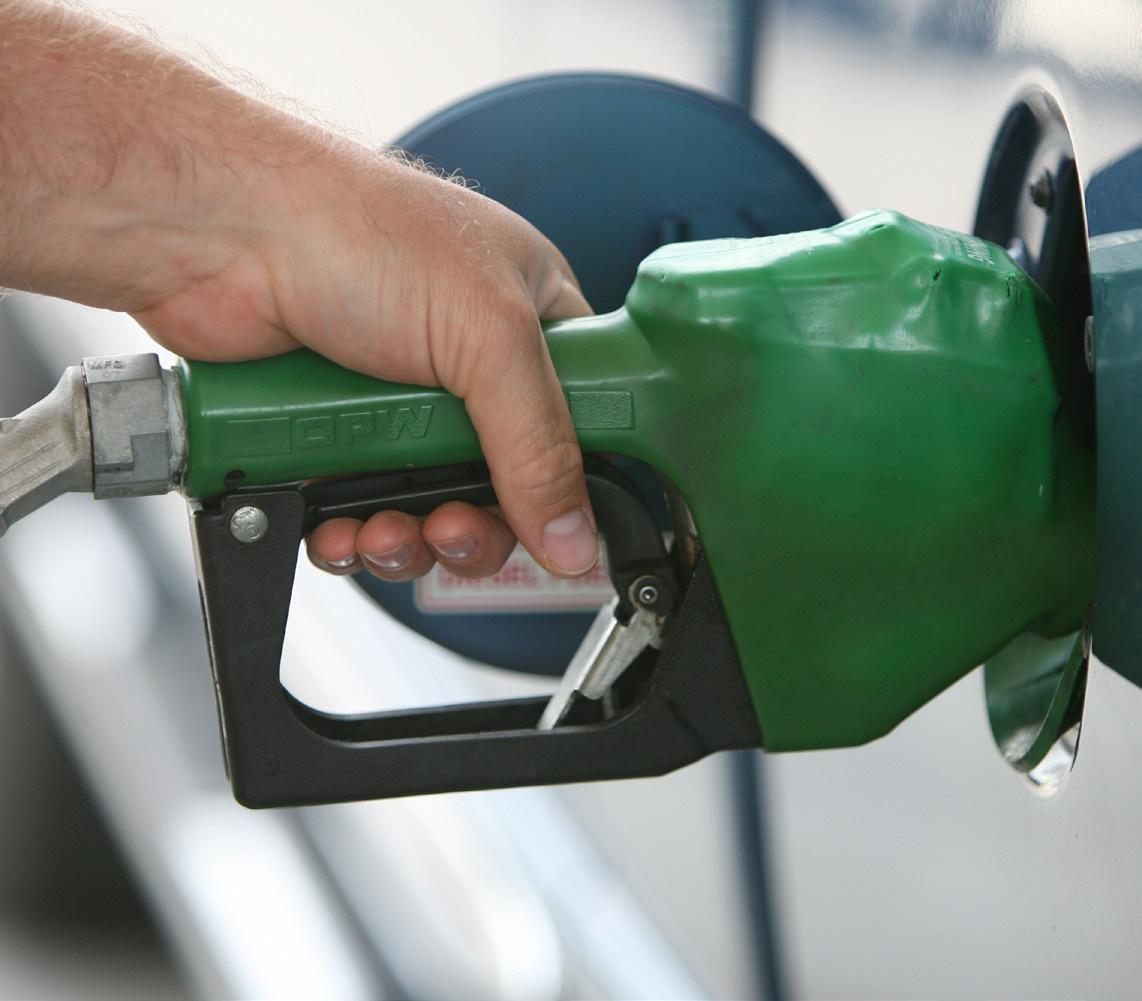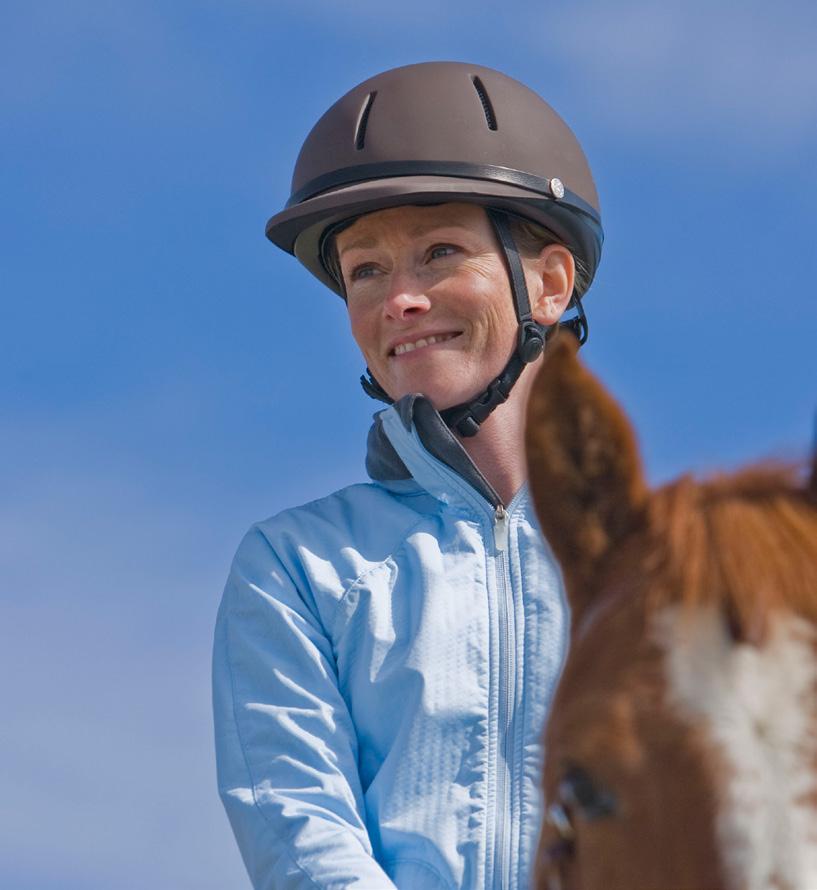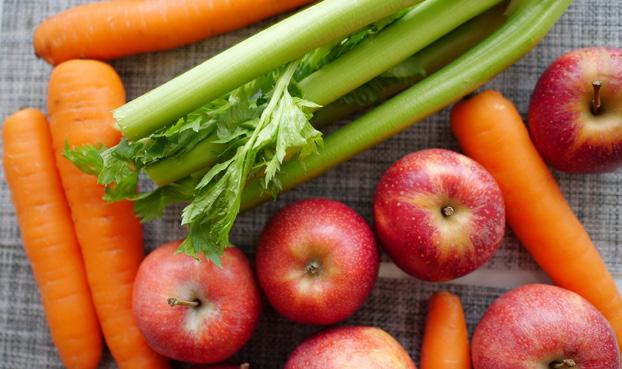
3 minute read
Top Tips
During the COVID-19 pandemic, you likely still need to venture out for essential needs and services. When you do, follow these guidelines, courtesy of Autotrader.com. (For more vehicle information related to COVID-19 from Autotrader.com, click here.) • Fuel up with care. Keep disinfecting wipes (or main your vehicle, and wipe down the fuel pump before and after use. If you pay at the pump and touch a screen or keypad, wipe those surfaces down, as well. When you’re done, wash your hands or use hand sanitizer as soon as you can. • Disinfect your vehicle. Disinfect your vehicle regularly until the pandemic is over. You can use most PHOTO BY HEIDI MELOCCO household cleaners, such as disinfecting wipes, Keep disinfecting wipes in your vehicle, and wipe down inside your vehicle, but consider using cleaners the fuel pump before and after use. designed specifically for vehicle interiors. Be sure to disinfect the common touch-points of your vehicle, such as interior and exterior door handles, radio controls, the turn signal, and the steering wheel. • Go high-tech. Disinfecting foggers and ultraviolet lights can help keep viruses out of your vehicle. A disinfecting fogger is a canister that fogs up your vehicle while it’s parked and thoroughly disinfects the air via your vehicle’s HVAC system. UV lights have been used for medical disinfecting purposes for years; you can use a handheld unit in your vehicle to sterilize the air.
SEASONALTIP-----------------------------------------
Keep Your Helmet Cool
PHOTO BY HEIDI MELOCCO To preserve your helmet’s integrity, keep it out of the sun when it’s not in use.

After your summer ride, do you stash your helmet in your vehicle’s trunk or in your trailer’s tack room? Or, at your home barn, do you perch your helmet on a fence post or place it on a patch of grass? It’s great to keep your helmet handy, but note that helmets aren’t made to withstand high heat.
Don’t ever throw your helmet in a car trunk, where temps can reach more than 160 degrees Fahrenheit—too intense for helmet materials. Intense heat can cause your helmet’s structures to break down, compromising its protection capabilities.
To preserve your helmet’s integrity, keep it out of the sun when it’s not in use, and store it in a tote or carrying bag where the fabric can wick moisture from the helmet and keep it dry. — Heidi Melocco
USRIDER MEMBERTIP--------------------------------
Become an EmergencyStabling Partner
One valuable benefit USRider provides to its Members is emergency-stabling referrals. To enhance this service, USRider is seeking to expand its existing database of emergency-stabling facilities available for use by its Members. The call is being put out to equestrians in the United States and Canada to assist in this effort.
Now more than ever, equestrians are helping fellow horse owners in need. If you would be willing to provide fellow equestrians with emergency stabling on a case-by-case basis, click here to complete the online form. Or write to USRider Equestrian Motor Plan, P.O. Box 20634, Boulder, CO 80308. When writing, please provide directions to your stable. Thank you from your friends at USRider.

USRider is seeking to expand its existing database of emergency-stabling facilities available for use by its Members.
Feeding
Grass is the ideal hot-weather feed, because of its high water content.

To supplement your horse’s forage, add carrots, celery, apples, watermelon, squash, or salad greens to a mixture of soaked beet pulp and wheat bran.

You can help your horse stay cool this summer by providing the right feed. Grass is the ideal hot-weather feed, because of its high water content. If your horse doesn’t have enough grass available for nourishment, add carrots, celery, apples, watermelon, squash, or salad greens to a mixture of soaked beet pulp and wheat bran. Start with small meals if your horse isn’t used to these feeds. Add about 1 teaspoon of salt per pound of the mixture to improve appeal and get that needed salt into your horse.
Note: It’s normal for appetites to drop off during periods of extreme heat. If this happens, don’t panic. Your horse will start eating again when he feels more comfortable. —Eleanor M. Kellon, VMD









